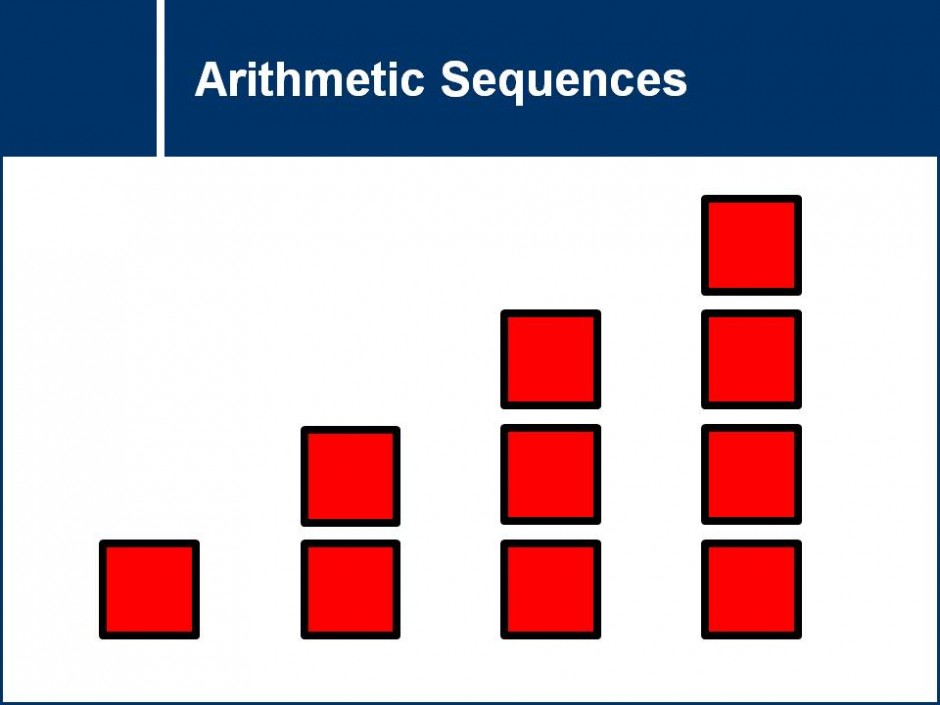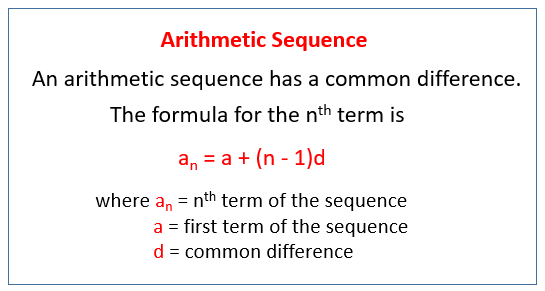
 Students planning on biological majors and premed students usually take the PHYS 114 series. Students planning on science majors should not take PHYS 110. PHYS 110 is taken by non-science students who want a one-quarter "liberal arts" introduction to physics. Credit is allowed for only one of the PHYS 114, PHYS 121, and PHYS 141 sequences. PHYS 141,142,143 - Honors Mechanics, Honors Electromagnetism, and Honors Waves, Light and Heat. PHYS 121, 122, 123 - Mechanics, Electromagnetism, and Waves, Light, and Heat.
Students planning on biological majors and premed students usually take the PHYS 114 series. Students planning on science majors should not take PHYS 110. PHYS 110 is taken by non-science students who want a one-quarter "liberal arts" introduction to physics. Credit is allowed for only one of the PHYS 114, PHYS 121, and PHYS 141 sequences. PHYS 141,142,143 - Honors Mechanics, Honors Electromagnetism, and Honors Waves, Light and Heat. PHYS 121, 122, 123 - Mechanics, Electromagnetism, and Waves, Light, and Heat. 
There are four introductory physics pathways: For Chemistry, Math, and Physics, the course numbering is more complex and different sequences are intended for different kinds of study. Reinstatement for College of Arts & Sciencesįor most subjects, you can determine from the course numbering the preferred sequence.Satisfactory progress policy and pre-major extension.Satisfactory Progress Policy and Pre-major Extension.Students placed into MATH 140, precaluculus, move on to MATH 141 the following semester. This allows them to take MATH 164 and MATH 165 in their second year. Many students take MATH 141 and MATH 142 during their first year and MATH 143 during the summer, either at the University of Rochester or at another university. The MATH 141 - MATH 143 sequence covers much the same material (using the same textbook) as the MATH 161 - MATH 162 series, but at a slower pace and takes an extra semester to complete. MATH 164 and MATH 165 can be taken in either order MATH 164 is NOT a prerequisite for MATH 165. It is possible to switch the order of these last two courses, if knowledge of differential equations or linear algebra is needed earlier, as a prerequisite for some other science course. Fourth semester - MATH 165, linear algebra with differential equations.Third semester - MATH 164, the study of differentiation and integration techniques for functions of more than one variable.Second semester - MATH 162 which covers integration and applications and additional differentiation techniques.
 First semester - MATH 161 which covers differentiation techniques and applications. Courses are generally taken in the following order: This is the standard calculus course taught at most universities, principally to students planning to major in mathematics, computer science, physics, chemistry, or engineering. The MATH 161 - MATH 165 sequence emphasizes practice in the mathematical techniques used in science and engineering. Students entering the 170 sequence that obtained an AP test score of 4 or higher on the calculus AB exam or a score of 3 or higher on the BC exam, are given 4 credits for the AP course, but still enroll in MATH 171. See the placement page for more information on calculus placement. MATH 171 is open to students placed into MATH 161 or a higher numbered course, as well as students with AP credit. Students completing the four semester MATH 171-174 sequence earn 20 credit hours (24 if they received AP credit) and will have completed all of the foundation requirements for a major or minor in mathematics, as well as MATH 235. It carries 5 credit hours per semester rather than the standard 4 credit hours and covers all of the material on calculus, ordinary differential equations AND linear algebra contained in MATH 161 - MATH 165 and MATH 235. The MATH 171 sequence places more emphasis on the theoretical understanding of calculus in addition to teaching technical skills. Students with strong mathematical ability should consider taking the MATH 171 calculus sequence which is an honors calculus sequence for talented students interested in mathematics. Usually MATH 164 is taken before MATH 165 since its subject matter is more closely related to MATH 162.Įach of the sequences meets the prerequisites for entering any of the engineering, science, premed, mathematics, computer science, or social science concentrations.
First semester - MATH 161 which covers differentiation techniques and applications. Courses are generally taken in the following order: This is the standard calculus course taught at most universities, principally to students planning to major in mathematics, computer science, physics, chemistry, or engineering. The MATH 161 - MATH 165 sequence emphasizes practice in the mathematical techniques used in science and engineering. Students entering the 170 sequence that obtained an AP test score of 4 or higher on the calculus AB exam or a score of 3 or higher on the BC exam, are given 4 credits for the AP course, but still enroll in MATH 171. See the placement page for more information on calculus placement. MATH 171 is open to students placed into MATH 161 or a higher numbered course, as well as students with AP credit. Students completing the four semester MATH 171-174 sequence earn 20 credit hours (24 if they received AP credit) and will have completed all of the foundation requirements for a major or minor in mathematics, as well as MATH 235. It carries 5 credit hours per semester rather than the standard 4 credit hours and covers all of the material on calculus, ordinary differential equations AND linear algebra contained in MATH 161 - MATH 165 and MATH 235. The MATH 171 sequence places more emphasis on the theoretical understanding of calculus in addition to teaching technical skills. Students with strong mathematical ability should consider taking the MATH 171 calculus sequence which is an honors calculus sequence for talented students interested in mathematics. Usually MATH 164 is taken before MATH 165 since its subject matter is more closely related to MATH 162.Įach of the sequences meets the prerequisites for entering any of the engineering, science, premed, mathematics, computer science, or social science concentrations. 
Note: MATH 173-MATH 174 must be taken in order but MATH 164 and MATH 165 can be taken in either order MATH 164 is NOT a prerequisite for MATH 165.








 0 kommentar(er)
0 kommentar(er)
